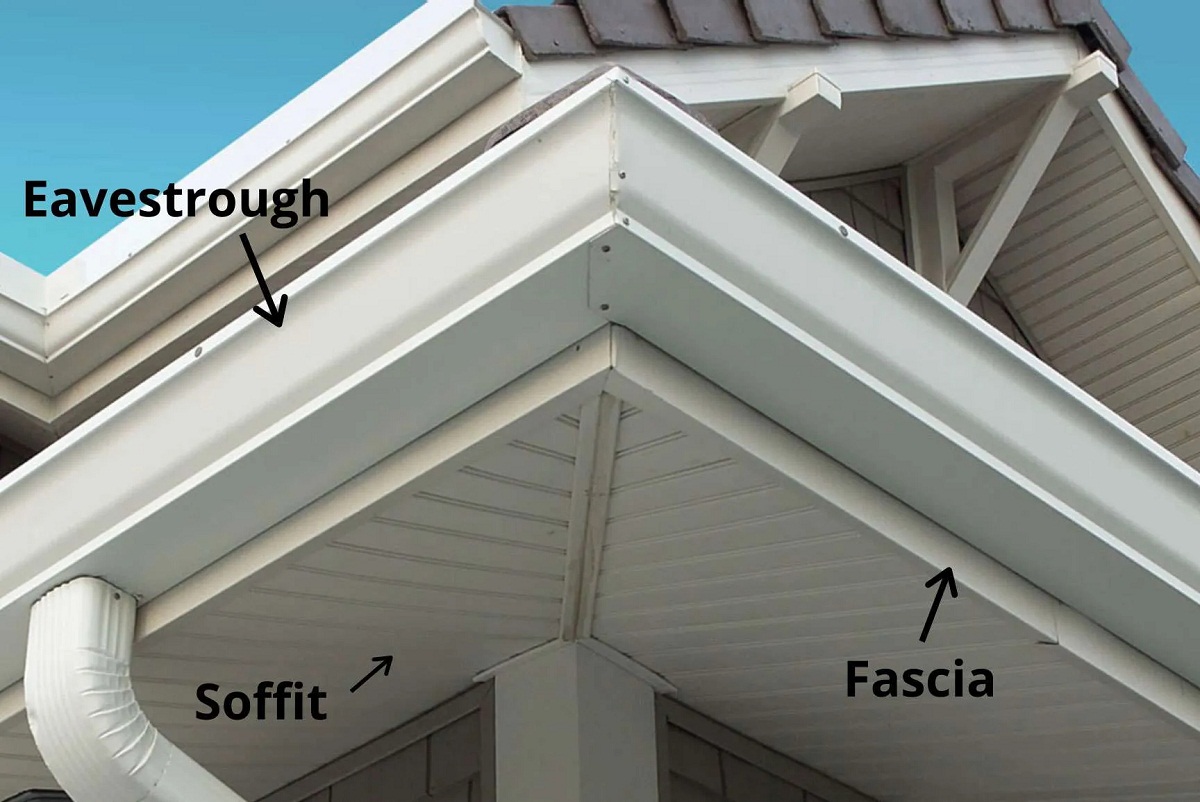

Articles
What Is The Area Under The Gutters Called
Modified: February 2, 2024
Discover what the area under the gutters is called in our informative articles. Understand the importance of this space and how it affects your home.
(Many of the links in this article redirect to a specific reviewed product. Your purchase of these products through affiliate links helps to generate commission for Storables.com, at no extra cost. Learn more)
Introduction
Gutters are an essential component of any building’s roofing system. They play a crucial role in directing rainwater away from the structure, preventing potential damage to the foundation, walls, and landscaping. However, when it comes to the area under the gutters, many people are often unsure about what it is called or how it functions.
In this article, we will explore the area under the gutters and shed light on its significance. We will also uncover the various terms used to refer to this area. So, if you’ve ever wondered what lies beneath the gutters, read on to uncover the mystery.
Key Takeaways:
- The area under the gutters, also known as the gutter apron or drip edge, is crucial for preventing water damage to the building by directing water into the gutters and away from the structure.
- Understanding the common terms associated with the area under the gutters, such as the gutter apron, drip edge, fascia board, under-eaves, and overflow area, is essential for effective communication about gutter systems and their components.
What are Gutters?
Gutters are narrow channels or troughs that are installed along the edges of a roof to collect and direct rainwater away from the structure. They are typically made of metal, such as aluminum or steel, although vinyl and copper gutters are also common.
The main purpose of gutters is to prevent water from accumulating on the roof and causing damage to the building’s foundation, walls, and landscaping. When it rains, water flows down the roof slope and collects in the gutters, which then direct it away through downspouts.
Without gutters, rainwater would simply cascade off the roof and pool around the foundation, leading to issues like erosion, basement flooding, and structural damage. Gutters help to channel the water safely away, protecting the integrity of the building and its surroundings.
Additionally, gutters also play a role in preventing moisture buildup on the roof itself. By directing water away, they help to reduce the likelihood of leaks and water damage to the roof structure.
Gutters come in various sizes and shapes, with the most common types being K-style and half-round gutters. K-style gutters have flat bottoms and backs, while their front side resembles the letter “K”. Half-round gutters, as the name suggests, have a semi-circular shape.
When installing gutters, it’s important to consider factors such as the roof pitch, the amount of rainfall in the area, and the size of the building. This will ensure that the gutters are effective in managing water runoff and protecting the structure.
Importance of Gutters
Gutters may seem like a small and insignificant component of a building, but their importance should not be underestimated. Here are some key reasons why gutters are essential:
- Protecting the Foundation: One of the primary functions of gutters is to direct rainwater away from the foundation. When it rains, water falling off the roof can saturate the soil around the foundation, leading to soil erosion and potential damage to the foundation walls. By channeling the water away, gutters help to prevent these issues and maintain the integrity of the building.
- Preventing Basement Flooding: If water is not properly diverted away from the foundation, it can seep into the basement, causing flooding and water damage. Gutters play a crucial role in preventing basement flooding by directing the water away from the building.
- Protecting Siding and Exterior Walls: Without gutters, water cascading off the roof can splash onto the siding and exterior walls, leading to moisture damage, mold growth, and decay. Gutters collect the water and safely channel it away, protecting the exterior of the building.
- Preserving Landscaping: Excessive water runoff can erode the soil and damage the landscaping around the building. Gutters help to control the flow of water, preventing erosion and preserving the beauty and functionality of the landscape.
- Preventing Roof Damage: By capturing water runoff, gutters reduce the likelihood of water pooling on the roof. This helps to prevent leaks, roof rot, and other forms of water damage to the roof structure.
- Managing Water Runoff: Gutters provide a controlled pathway for rainwater to flow away from the roof and the building. This prevents sudden and heavy waterfalls, which can be damaging to the surrounding area.
In summary, gutters are vital for maintaining the structural integrity of a building and preventing potential damage caused by rainwater. They safeguard the foundation, prevent basement flooding, protect the siding and exterior walls, preserve the landscaping, prevent roof damage, and manage water runoff effectively.
The area under the gutters is called the “drip edge.” It helps to direct water away from the building and prevent water damage to the foundation. Make sure to keep the drip edge clear of debris to ensure proper drainage.
Understanding the Area Under the Gutters
The area under the gutters, also known as the gutter apron or drip edge, is the space located directly below the edge of the roof where the gutters are mounted. It is a critical part of the gutter system that helps to ensure efficient water flow and protect the building from water damage.
The gutter apron is typically a metal strip that extends from the roof’s edge and overlaps with the back edge of the gutter. Its main purpose is to prevent water from seeping behind the gutters and causing damage to the fascia boards, soffits, and other components of the roofing system.
The area under the gutters is vulnerable to water intrusion if it is not properly protected. Without a gutter apron, water can drip down between the back of the gutter and the fascia board, leading to rotting, mold growth, and other moisture-related issues.
Another important function of the area under the gutters is to provide a smooth transition for water flow. It helps to direct the water from the roof into the gutters, ensuring that it enters the gutter system and is directed away from the building. This prevents overflow and potential water damage.
Moreover, the area under the gutters can also be a prime spot for debris buildup. Leaves, twigs, dirt, and other debris can accumulate in this space, blocking the water flow and impeding the proper functioning of the gutters. Regular maintenance and cleaning of the area under the gutters are crucial to ensure optimal performance of the gutter system.
Additionally, the area under the gutters can be an opportunity for adding aesthetic elements to the building’s exterior. Some homeowners choose to install gutter aprons that match the color or design of the roof or the overall architecture of the house, adding a touch of style to this often overlooked area.
In summary, the area under the gutters, known as the gutter apron or drip edge, is a critical part of the gutter system. It helps to prevent water damage to the building by sealing the space between the gutters and the fascia boards, facilitates proper water flow into the gutters, and can provide an opportunity for aesthetic enhancement.
Common Terms for the Area Under the Gutters
When it comes to referring to the area under the gutters, there are a few commonly used terms that you may come across. Let’s explore these terms and their meanings:
- Gutter Apron: This term is often used interchangeably with the area under the gutters. The gutter apron is a metal strip that is installed beneath the edge of the roof, overlapping with the back of the gutters. Its purpose is to prevent water from seeping behind the gutters and causing damage to the roof and walls.
- Drip Edge: The drip edge is another term that refers to the area under the gutters. It is a metal flashing that is installed along the edge of the roof to direct water away from the fascia boards and into the gutters. The drip edge helps to protect the roofing system and prevent water damage.
- Fascia Board: The fascia board is a horizontal board that is mounted on the exposed edges of the roof rafters. It provides support for the lower edge of the roof and acts as a mounting surface for the gutters. The area between the fascia board and the back of the gutters is considered to be under the gutters.
- Under-Eaves: The term under-eaves refers to the area underneath the projecting eaves of a roof. It includes the area under the gutters, as well as the soffits and any other architectural features present in that space. The under-eaves area plays a vital role in directing water away from the building.
- Overflow Area: The overflow area is the space directly beneath the gutters where excess water can accumulate if the gutters become overwhelmed by heavy rainfall or debris blockage. This area acts as a secondary protection measure to prevent water from spilling over and causing damage to the building.
While these terms are commonly used to describe the area under the gutters, it’s important to note that their usage may vary in different regions and contexts. However, understanding these terms will help you communicate effectively when discussing gutter systems and their components.
Conclusion
Gutters are a vital part of any building’s roofing system and play a significant role in protecting the structure from water damage. While they are well-known for their ability to channel rainwater away from the roof and prevent issues like foundation damage and basement flooding, the area under the gutters is often overlooked.
The area under the gutters, also known as the gutter apron or drip edge, is crucial for ensuring the effective functioning of the gutter system. It helps to prevent water from seeping behind the gutters and causing damage to the roof and walls. Additionally, it provides a smooth transition for water flow, directing it into the gutters and away from the building.
Understanding the common terms associated with the area under the gutters, such as the gutter apron, drip edge, fascia board, under-eaves, and overflow area, can help homeowners and professionals communicate effectively when discussing gutter systems and their components.
Regular maintenance and cleaning of the area under the gutters are essential to ensure optimal performance of the gutter system. This will prevent debris buildup, allowing water to flow freely into the gutters and reducing the risk of clogs and overflow.
Considering the importance of gutters and the area under them, it is crucial to prioritize their proper installation and maintenance. By doing so, you can protect your building from water damage, preserve its structural integrity, and enjoy a dry and sound living environment.
So, the next time you look at your gutters, remember the significance of the area under them and make sure it is well-maintained and functioning properly. Your home will thank you for it.
Frequently Asked Questions about What Is The Area Under The Gutters Called
Was this page helpful?
At Storables.com, we guarantee accurate and reliable information. Our content, validated by Expert Board Contributors, is crafted following stringent Editorial Policies. We're committed to providing you with well-researched, expert-backed insights for all your informational needs.
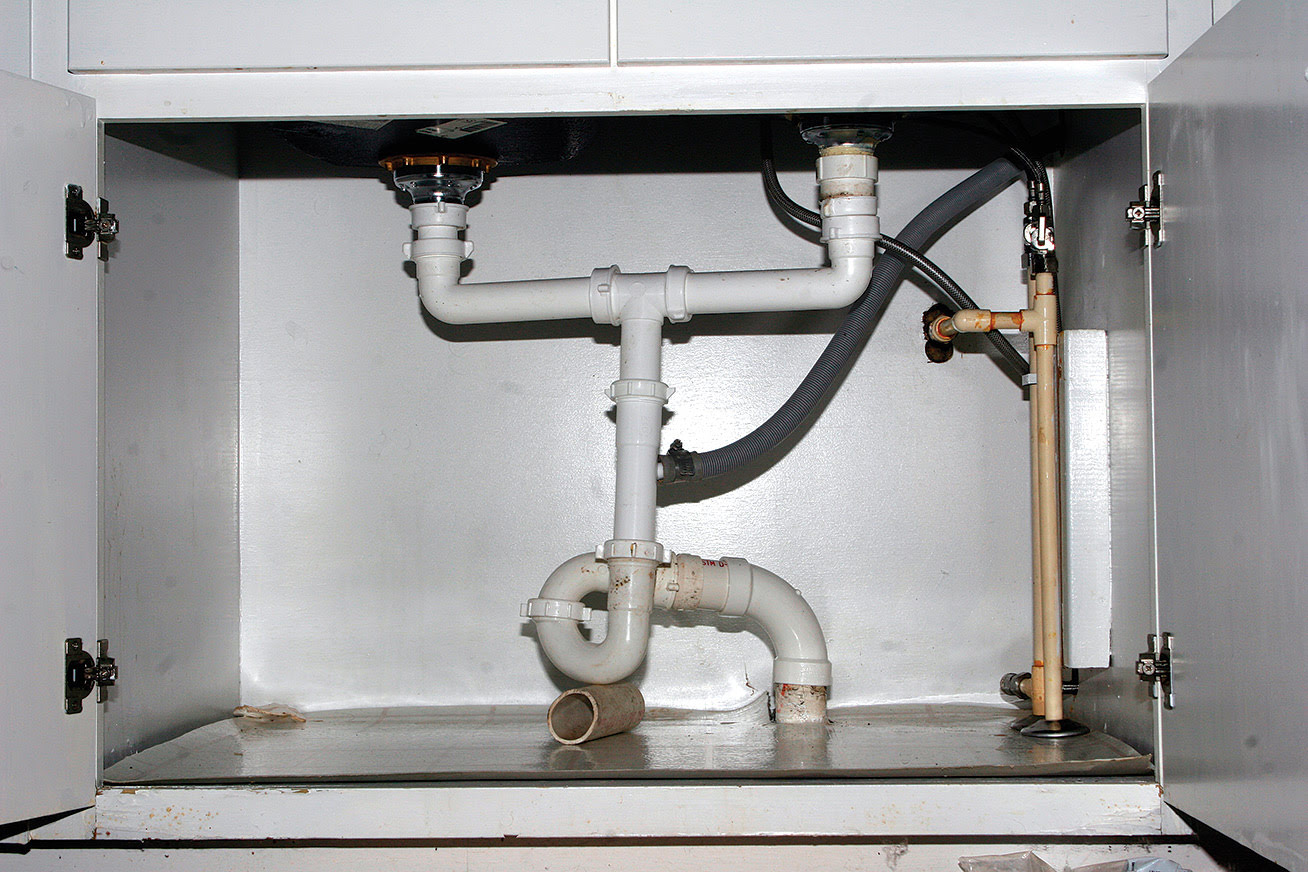
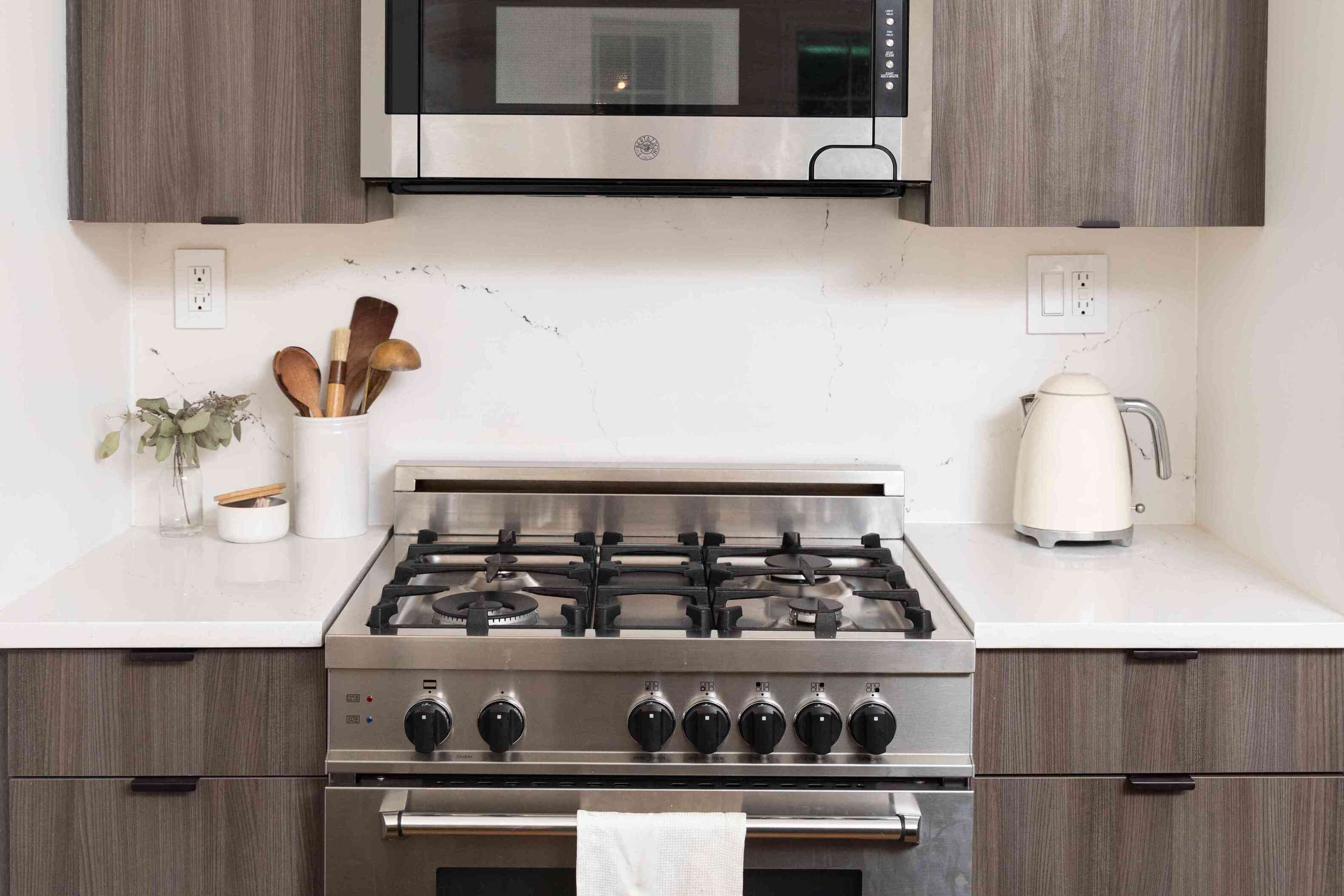

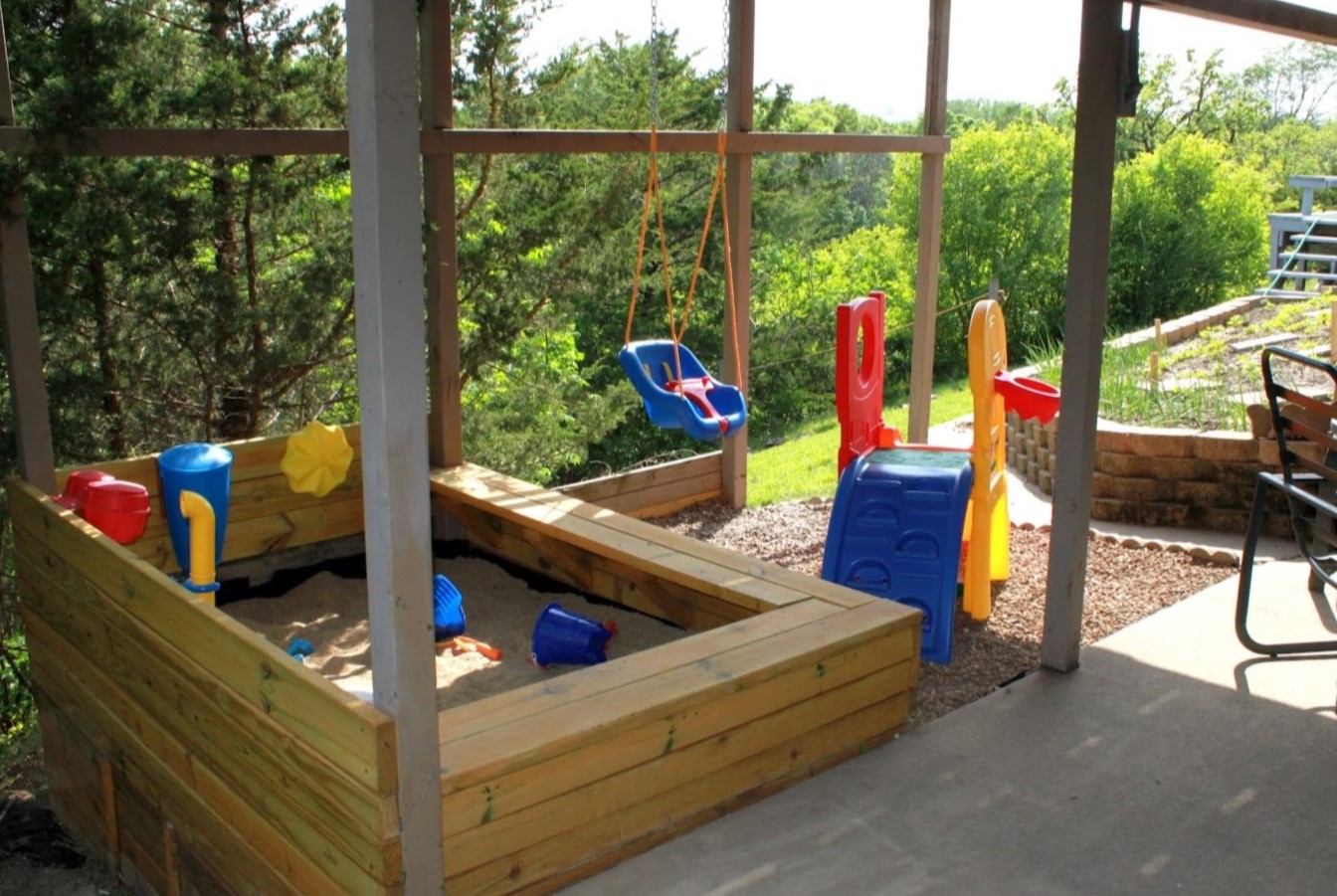
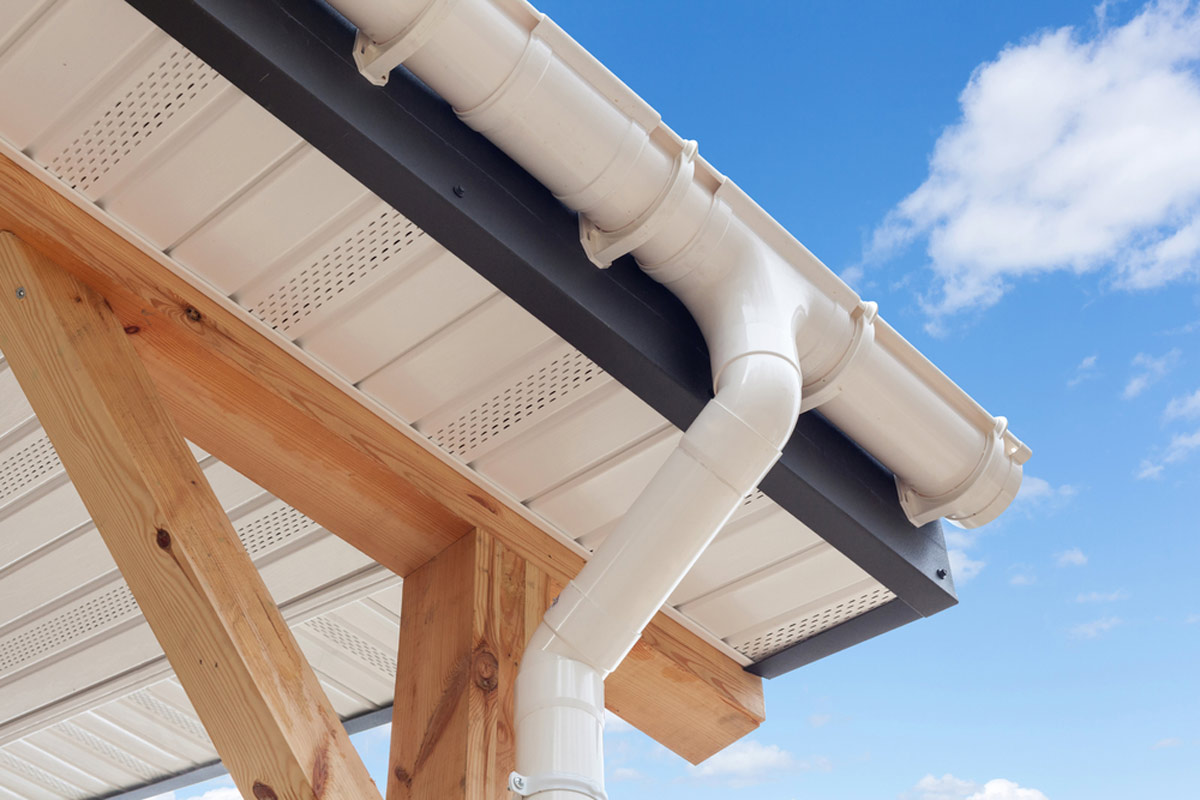

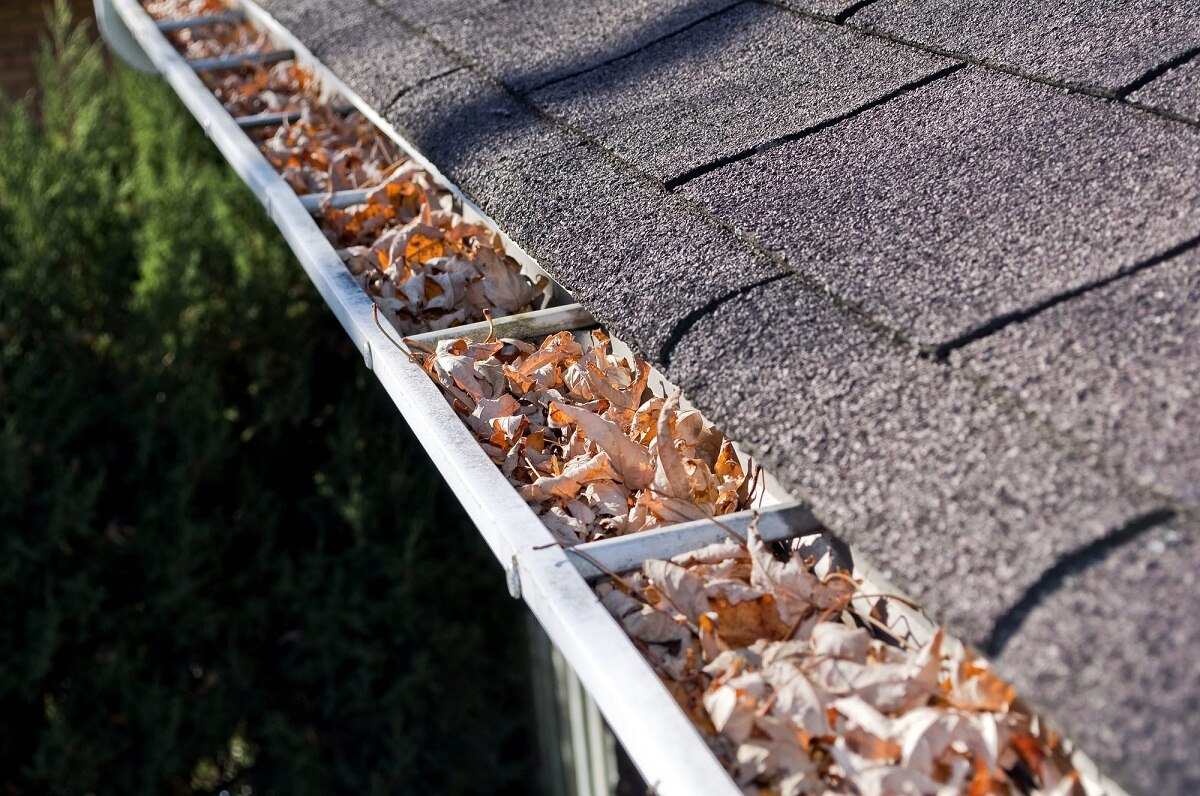
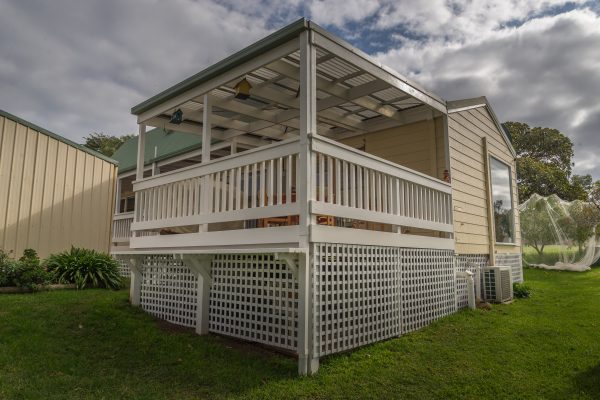
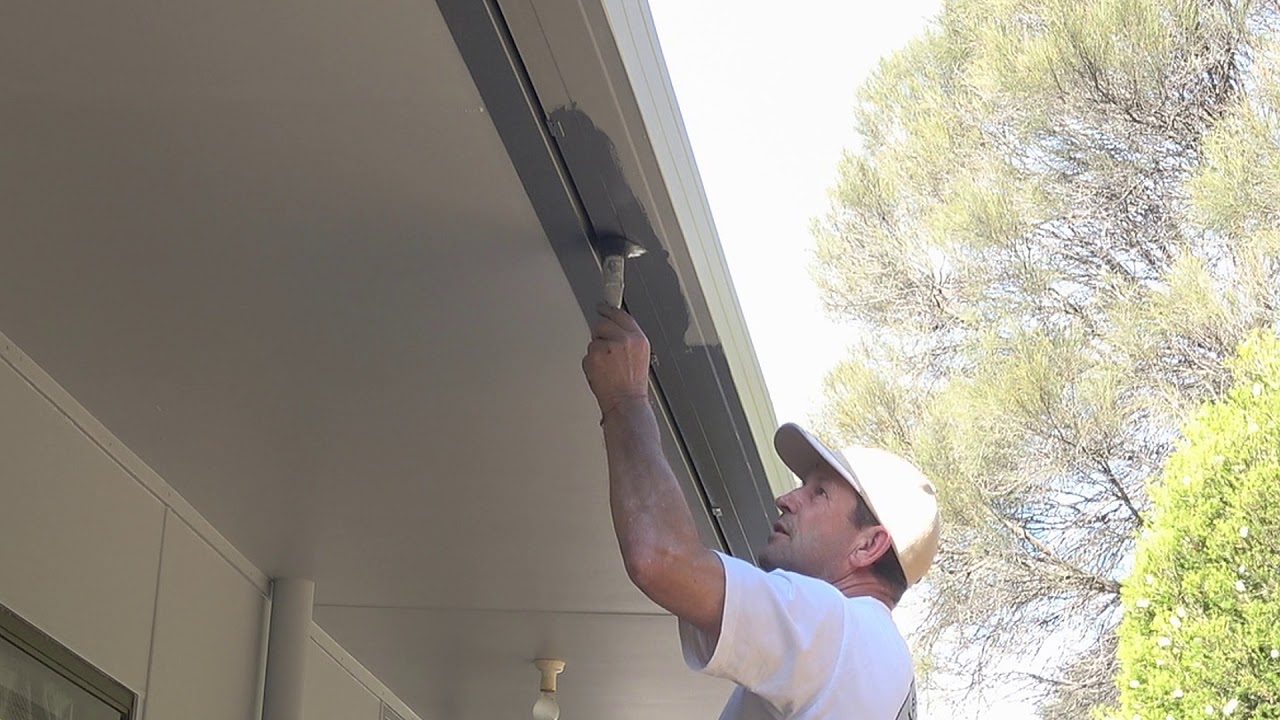


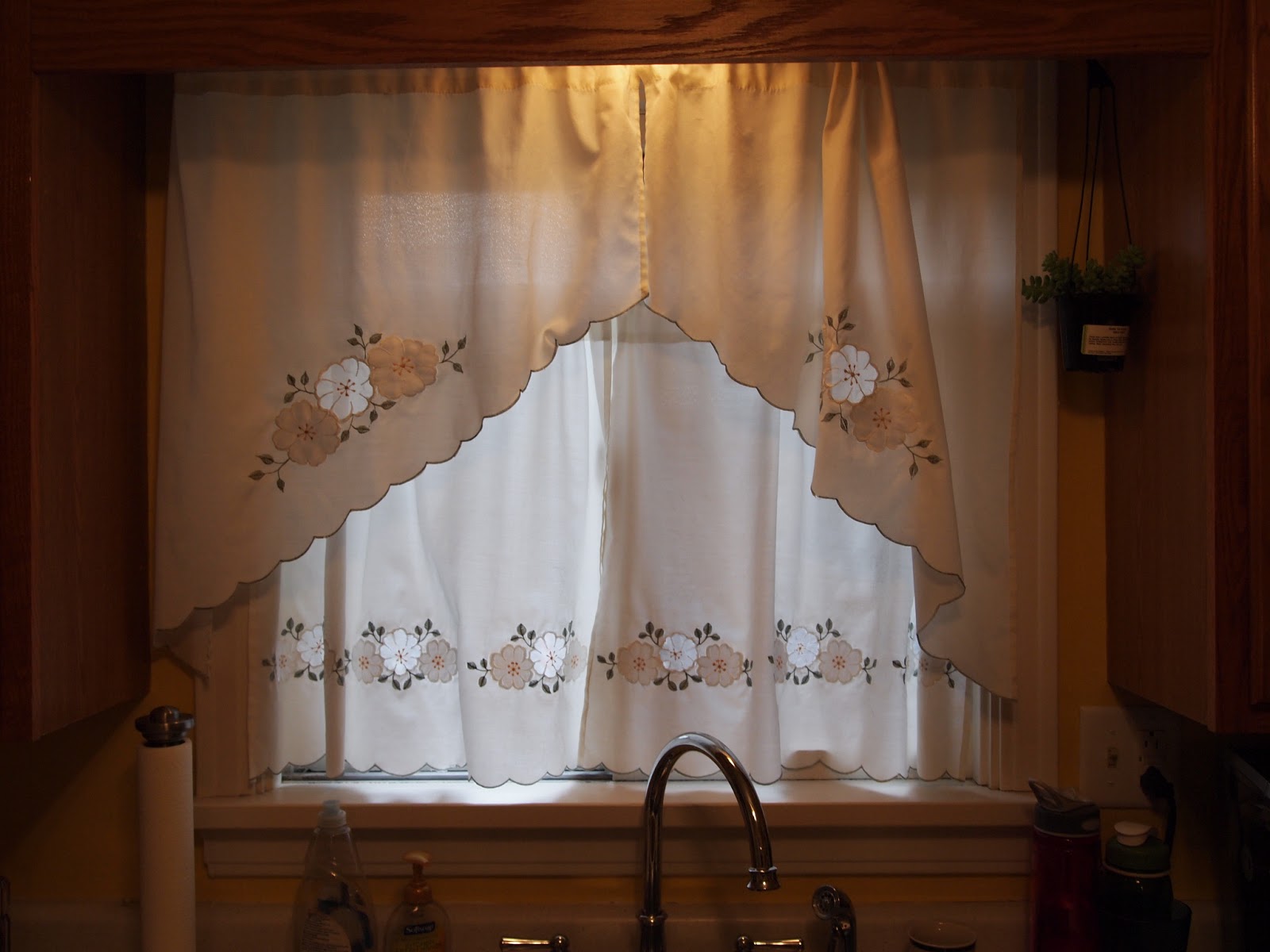

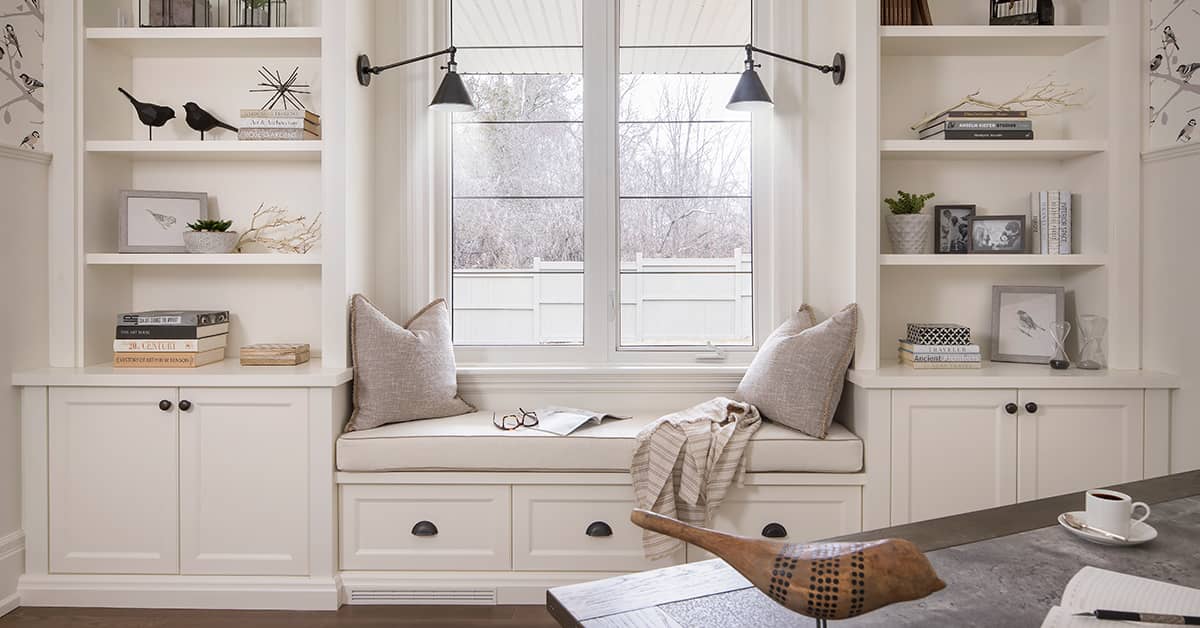

0 thoughts on “What Is The Area Under The Gutters Called”